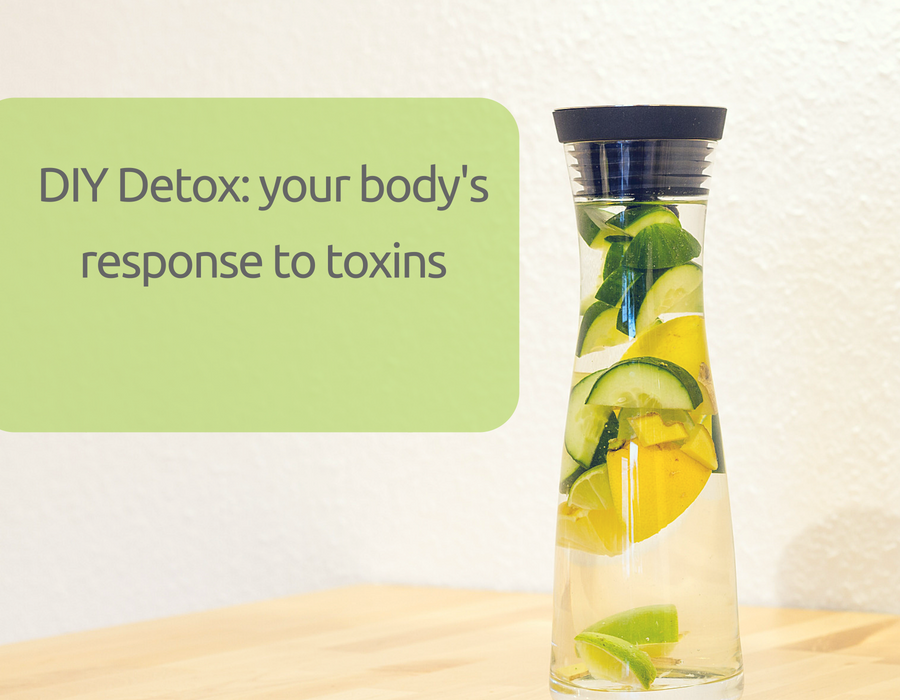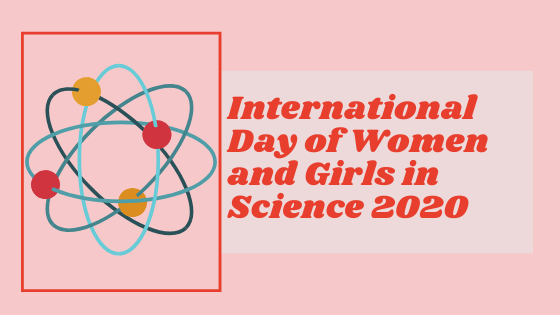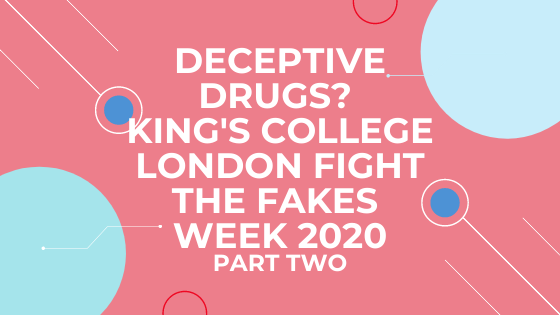Madeeha Hoque
 Detoxification, also known as detoxication, is the system of removal of toxic substances or waste from any living organism. This could be achieved via medicinal use, where antidotes or medical procedures are carried out in order to decontaminate poisonous substances which have entered the body – for example, dialysis of the kidneys. Most of the time, however, detoxification works via physiological means and is mainly executed through processes taking place inside the liver or the kidneys.
Detoxification, also known as detoxication, is the system of removal of toxic substances or waste from any living organism. This could be achieved via medicinal use, where antidotes or medical procedures are carried out in order to decontaminate poisonous substances which have entered the body – for example, dialysis of the kidneys. Most of the time, however, detoxification works via physiological means and is mainly executed through processes taking place inside the liver or the kidneys.
Detoxification can also be referred to as a return to homeostasis – a stable internal environment, in reference to body regulation – from the withdrawal of addictive substances. Examples of this could be drug abuse or heavy alcohol intake. Although detoxification is a natural process, many companies of late have been advertising products which help to detoxify our bodies. What we want to know is – are these products really helping, or is it all just a convenient marketing scheme?
Toxins are stored all throughout our bodies and can be categorised into two types: exogenous and endogenous toxins. Exogenous toxins consist of external substances, such as toxic gases in the environment (carbon monoxide) or toxic liquids. The Environmental Protection Agency has estimated that on a daily basis, we are exposed to roughly 70,000 chemicals, with around 15,000 of them having the potential to be harmful to our health. Endogenous toxins, however – also known as natural toxins – consist of excess substances created via normal functioning bodily processes – for example, urea and carbon dioxide. Toxins are constantly entering and leaving our bodily systems during our normal day to day lives and are present all around us – from the food we eat, to the air we breathe and the materials we touch. Detoxification, therefore, occurs at a constant pace in order to maintain a healthy functioning body. Occasionally, however, the influx of toxins overtakes the pace at which the body is able to remove them safely and in a timely manner. This can lead to several symptoms depending on which toxins are currently in excess. Examples of this can be ear or nasal infections, chesty coughs, diarrhoea, skin rashes, etc. Since the toxins that are building up in the body and are not being eliminated in time, they are moved into our bodily fat stores. This is due to the body recognising that other cells in the body are more vital to survival and therefore deposit the toxins in the fat tissues since they are least prone to cause damage to the body. Accumulation of these toxins inside fat stores can lead to cysts and possibly tumours, however, which is why it is vital to be able to remove toxins efficiently in order to function healthily.
There are many different ways in which the body carries out the elimination of toxic substances. Blemishes on your skin? Put the foundation aside and let your face breathe –the skin eliminates toxins through the pores on our faces and all over the body. Our lungs also play a role in detoxification by removing the excess carbon dioxide our body creates during natural respiration. Simply just by breathing, you are committing detoxification on a day to day basis without even realising! Not only that, but our kidneys also help detoxify our bodies by creating urea and filtering it out of the body via urine (more on that here). Most of all though, the hero of all detoxifying processes comes down to the one individual: the liver.

The liver transforms all sorts of toxic substances such as chemicals, ammonia and general metabolic waste, into “diluted” versions of the matter. It is able to take fat-soluble toxins and transform them into water-soluble substances. This way, they can be excreted either as urine or bile, through the kidneys and colon respectively. The way in which the liver does this is broken down into a two-phase process. Phase 1 consists of around 50-100 enzymes that are part of the P448 and P450 family. These enzymes help to neutralise toxins such as caffeine, drugs and alcohol, as well as any other toxic hormonal excess. This process, however, creates some by-product toxins such as free radicals, which can cause major cellular damage, including causing the damage of proteins and DNA if allowed to build up. This is where Phase 2 comes into play. The role of Phase 2 liver detoxification is to neutralise the toxins created by Phase 1 as well as any other remaining toxins in the liver. It achieves this via the help of an antioxidant known as glutathione, which aids in the conjugation of protective compounds binding to the toxins so they are able to be excreted safely. Glutathione is found in many edible plants such as avocados, broccoli and asparagus. However, our digestive enzymes usually break most of these molecules down before they can be absorbed successfully into the body. Low levels of glutathione can cause a heavy imbalance of toxins in the liver, causing a cease of Phase 2 detoxification occurring – thus leading to a build-up of toxic load inside the liver, which does not bode well for our bodies at all. In order to maintain a healthy detoxification system, there are many different steps you can take to ensure that your Phase 1 and Phase 2 liver processes occur efficiently. Below is a list of compounds you should ideally provide your body with in order to aid your liver in successful natural detoxification.
- Amino acids: cysteine, glutamine, glutathione (obviously), glycine, isoleucine, leucine, methionine, taurine and valine
- Herbs: burdock, dandelion root and milk thistle
- Minerals: copper, manganese, selenium and zinc
- Sulphur compound thiols: broccoli, Brussel sprouts, cabbage, garlic, onions
- Vitamins: A, B2, B3, B6, B12, C, E, beta-carotene, coenzyme Q10 and folic acid
Bioflavonoids and N-acetylcysteine
As well as the above compounds, keeping a generally healthy diet should provide an adequate base for your liver to work and detoxify the body’s systems efficiently. Generally, avoiding alcoholic drinks, drugs, processed foods and sugar should do the trick, all whilst eating and keeping healthy. Consuming foods such as the vegetables mentioned above, as well as having a hefty load of berries (blackberries, blueberries and raspberries mainly), maintaining a generous intake of fibre, such as brown rice, plus drinking plenty of water – will aid in keeping a healthy and sufficient detoxifying system constantly processing throughout your body. You can also eat detoxifying foods such as seaweed, beets and radishes, as well as drinking green tea in order to flush out excess toxins.A plentiful intake of vitamin C is also vital for detoxification as it helps protect the P448 and P450 enzymes involved in Phase 1 and 2 from oxidative damage. Supplements of vitamin C are an option, as well as including foods rich in vitamin C in your diet. These include fruits such as kiwi, mango, strawberry and watermelon. Grapefruit juice is also famed for its detox abilities as it is high in vitamin C. Fasting is another way of detoxifying the body, although it is a method rarely used for such purpose. Fasting induces the body’s metabolising of fats instead of sugar, therefore safely removing excess toxins which have been stored inside the fat tissues. Exercising regularly and visiting a sauna to perspire and literally sweat off toxins from your skin is also another form of detoxification, as well as transforming stress into positive emotions and breathing deeply – which allows more efficient circulation of oxygen throughout the body.

The media are increasingly advertising detoxifying diets and branding various teas and juices as containing detoxifying properties. However, many scientists reject these brands and statements, based on knowledge of the body’s ability to naturally detoxify itself. Of course, there are various foods which can help to increase detoxification of the body but these diets and food brands lack little to no hard, scientific evidence to show that they actually do what they say. The best way to ensure that your body is happy and healthily removing all of your excess toxic waste from your bodies is to understand that your body is really on your side and is constantly working to keep you functioning and healthy without external help. Your only job is to help your body do this, by making the correct choices and eating healthy, thinking healthy and keeping healthy.
References:
- https://web.archive.org/web/20131031083314/http://www.uic.edu/sph/glakes/kids/case1/tox_primer.htm
- http://www.coreonehealth.com/liver-detoxification
- https://askthescientists.com/qa/liver-detoxification-pathways/
- http://www.eurekaselect.com/64118/article
- http://drbenkim.com/toxins-cleansing-detoxing.htm
- https://www.mindbodygreen.com/0-1683/6-Ways-to-Detox-Through-Your-Skin.html
- https://www.gaiam.com/blogs/discover/10-ways-to-detoxify-your-body
- http://news.bbc.co.uk/1/hi/health/4576574.stm




